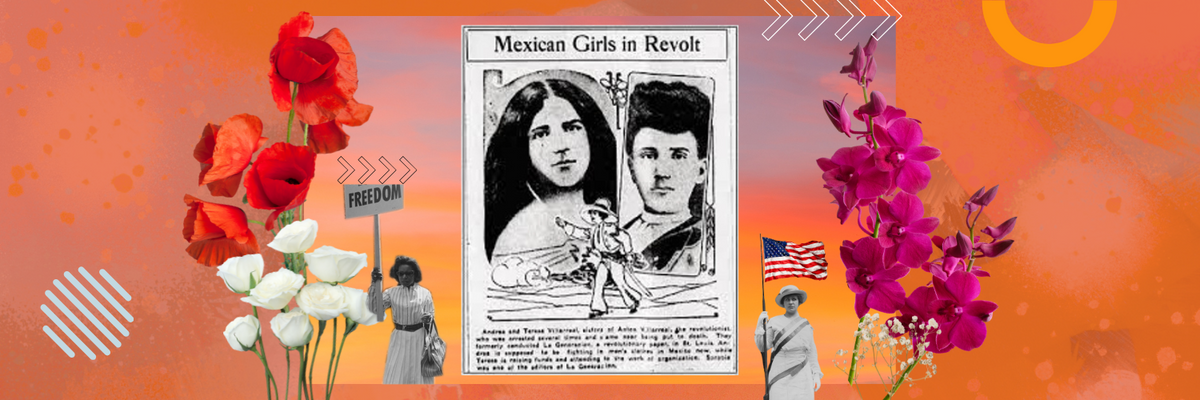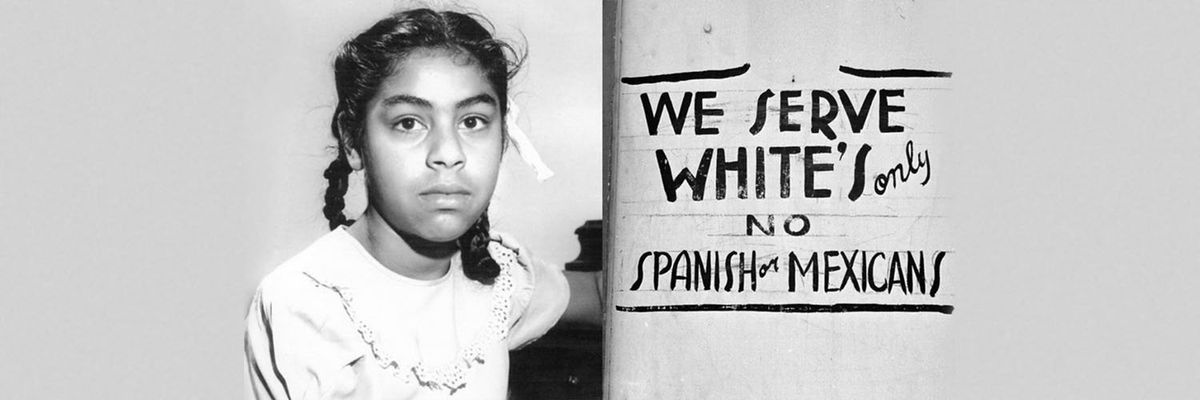
Originally published in The Latino Newsletter–reprinted with permission.
Opinion for The Latino Newsletter
Editor’s Note: Part of The Latino Newsletter’s mission is to feature the work of as many Latino and Latina voices as we can. One of our subscribers, Alberto O. Cappas, the publisher of the Buffalo Latino Village, sent us one of his recent opinion pieces. Alberto’s outlet is known as “The Latino Voice of Buffalo and Western New York.” Here is Alberto’s piece.
Gatekeeping is a significant issue within Black and Latino communities. As a writer, I have scrutinized the allocation of discretionary funds and noted a persistent pattern: the same community groups are repeatedly favored with support and funds from politicians, while other worthy groups are persistently neglected. This partiality calls for an inquiry due to its inequity and the intentional exclusion of organizations that could otherwise foster community growth and development.
The practice of controlling and often limiting access to resources, media, networks, or government funding is increasingly problematic. This is gatekeeping. It allows access in some instances while denying it in others, affecting all groups. Fostering growth and development requires community leaders to collaborate and ensure equitable service to all communities.
Nonprofit groups with minimal political connections often face challenges due to gatekeeping. Elected officials must thoroughly assess community leaders to curb gatekeeping practices, as overlooking this duty can negatively impact their political futures. This prevalent practice warrants public discourse and objective analysis.
Often, the standard response to this topic is defensive, framing it as a personal affront rather than acknowledging it as a legitimate concern. Gatekeeping is a tangible and persistent issue. It hinders opportunities, suppresses innovation, and excludes people from the political sphere of influence. Attempts to dismiss the “problem” cast dissenters as irrational, troublesome, and divisive within the community.
A healthy community hinges on harnessing the finest minds it has to offer. The legacy cannot be effectively handed down to the succeeding generation if it is hindered by gatekeeping, which has negative effects, including:
- Reduced Diversity and Inclusivity: Gatekeeping fosters homogeneous environments by granting access to resources, opportunities, or decision-making roles. This exclusion limits the diversity of perspectives and experiences, which is crucial for fostering innovation and addressing complex challenges.
- Stifled Growth and Development: By limiting access to resources and opportunities, gatekeeping can stifle the growth and development of individuals and organizations. This can result in missed potential and hinder the overall progress of the community.
- Perpetuation of Inequality: It reinforces existing power structures and inequalities by favoring those who already have access to resources and opportunities. This creates a cycle of disenfranchisement, where marginalized groups continue to be excluded from important decision-making processes and opportunities for advancement.
- Erosion of Trust and Community Cohesion: When certain groups or individuals are consistently excluded, it can lead to a breakdown of trust and cohesion within the community. This can result in divisions and conflicts, making it harder for the community to work together towards common goals.
- Limited Representation: Gatekeeping can prevent diverse voices from being heard and represented in various spheres, such as politics, media, and education. This lack of representation can lead to policies and decisions that do not adequately address the needs and concerns of marginalized communities.
During these uncertain times, we must do all we can to expand opportunities in our communities.
Enough gatekeeping.
It’s time to open the gate for everyone.
About the Author
Alberto O. Cappas is the Publisher of the Buffalo Latino Village, “The Latino Voice of Buffalo and Western New York.”
- What's in a Name? Hispanic, Latino, and More Explained ›
- "No Sabo": The Language-Shaming Label is Getting Pushback ›











